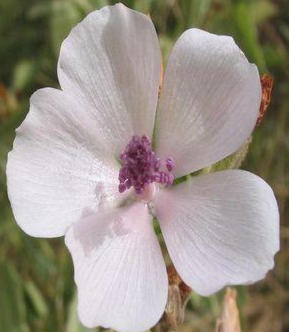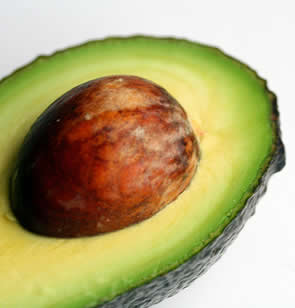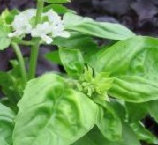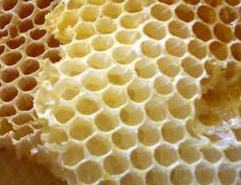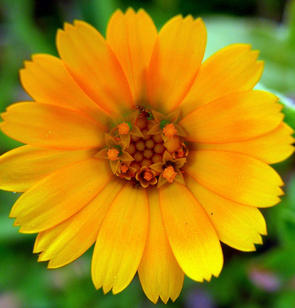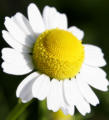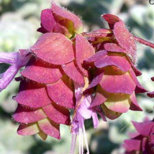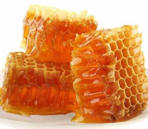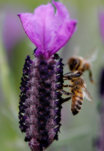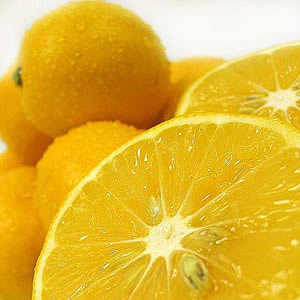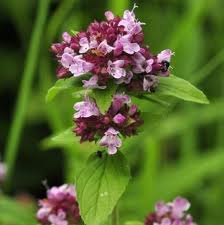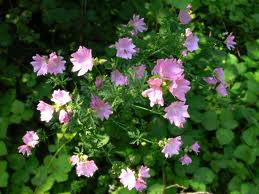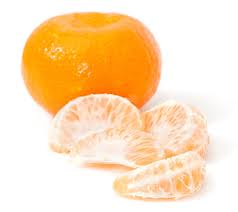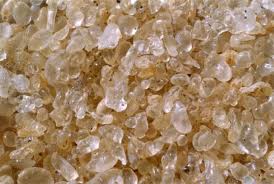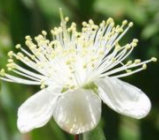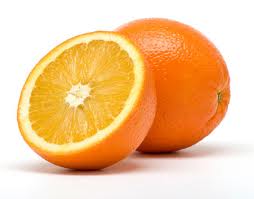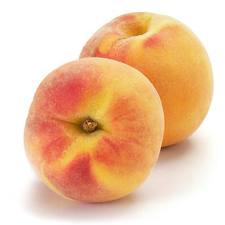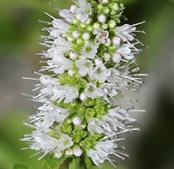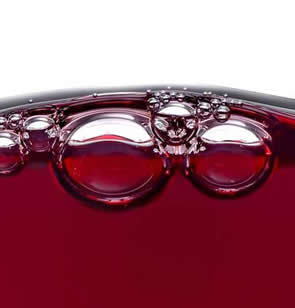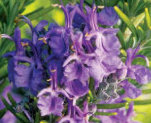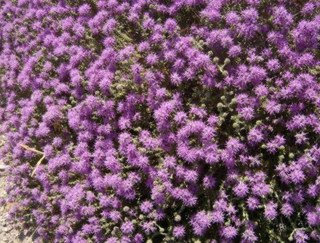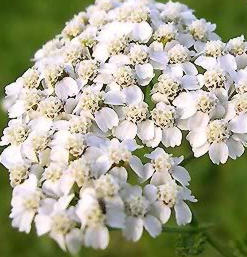
Sage (Salvia Officinalis)
Sage is a small, perennial, evergreen sub shrub, with woody stems, greyish leaves, and blue to purplish flowers. It is a member of the family Lamiaceae and is native to the Mediterranean region, though it has naturalized in many places throughout the world.
Its use in history dates back to the ancient Greek times where this herb was used for copious ailments (examples include and are definitely not limited to insomnia, measles, seasickness, venereal disease and worms). Physicians in ancient Greece used a solution of sage and water to stop wounds from bleeding and to clean sores and ulcers. |
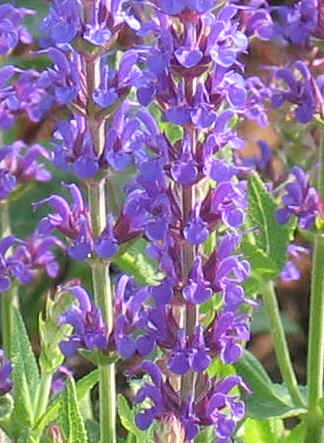 |
Salvia officinalis has been used since ancient times for warding off evil, snakebites, increasing women's fertility, and more. Theophrastus wrote about two different sages, a wild under shrub he called sphakos, and a similar cultivated plant he called elelisphakos. Both are still very common in the island of Crete. It was used as diuretic, local anaesthetic for the skin, styptic, and for other uses.
Health Benefits & Modern Medicinal uses
True to its Latin name (Salvia means “to heal”) sage has many medicinal properties. Sage is accredited with antibacterial, antifungal, antiseptic, antispasmodic, astringent, carminative, diuretic, hypoglycemic, and estrogenic effects.
Sage contains a variety of antioxidants — in the form of volatile oils, flavonoids and phenolic acids. Sage also contains antioxidant enzymes, including superoxide dismutase and peroxidase. When combined, these components of sage all give it a unique capacity for providing benefits associated with the top antioxidant foods.
Today, sage is used for mouth and throat inflammation, indigestion, and excessive sweating. Sage is also used as an ingredient in some dietary supplements for mouth, throat, and gastrointestinal problems. Some people may use sage to improve mood, or boost memory and mental performance.
The leaves make excellent tooth cleaners, simply rub the top side of the leaf over the teeth and gums. The purple-leafed form of sage has tougher leaves and is better for cleaning the teeth. The leaves have antiseptic properties and can heal diseased gums.
An essential oil from the leaves is used in perfumery, hair shampoos (it is good for dark hair) and as a food flavoring. It is a very effective 'fixer' in perfumes, and is also used to flavor toothpastes and is added to bio-activating cosmetics.
Externally it can be used for insect bites, mouth and skin infections.
Furthermore it has antimicrobial and antiviral effects and is often used in hair care to combat greasy and oily hair by regulating the sebum production of the scalp. It is used to treat various skin problems, such as acne.
On the skin it is useful to refine the texture, for wound healing, as well as to clear up sores, treat ulcers and dermatitis. Sage is an excellent natural disinfectant and deodorizer, drying perspiration and helping to eliminate body odor. Due to its capacity to heal the skin, sage extracts are widely used in personal skin care.
Links:

